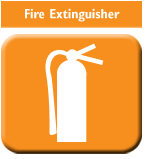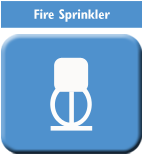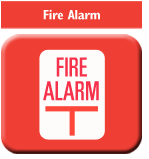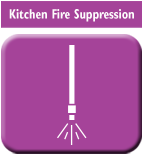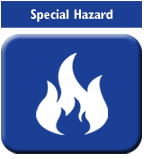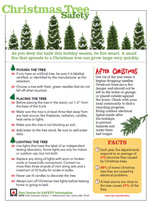Christmas Tree Fires
As you deck the halls, be fire smart. A small fire that spreads to a Christmas Tree can grow large very quickly.
The winter holiday season should be a joyous time of year. However, certain types of fires and injuries associated with holiday decorating are much more common during this season.
Christmas tree fires
In 2006-2010, U.S. fire departments responded to an estimated annual average of 230 home structure fires that began with Christmas trees. Home Christmas tree fires caused an average of four civilian deaths, 21 civilian injuries, and $17.3 million in direct property damage per year.
Although these fires are not common, when they do occur, they are unusually likely to be serious. On average, one of every 66 reported home structure Christmas tree fires resulted in a death compared to an average of one death per 144 total reported home structure fires.
Nearly half of the home Christmas tree structure fires were in December and one-third were in January. Fifty percent of home Christmas tree structure fires occurred on the 15 days from December 22 through January 5.
Electrical failures or malfunctions were involved in one-third (31%) of the home Christmas tree structure fires. Nearly one in five (18%) occurred because some type of heat source was too close to the tree. Decorative lights on line voltage were involved in 14% of these incidents. Nine percent of home Christmas tree fires were started by candles.
Nineteen percent of home Christmas tree structure fires were intentionally set. Nearly three-fourths (72%) of the intentional Christmas tree fires occurred in the 15 days after Christmas and may have been related to disposal.
The risk of fire is higher with natural trees than artificial ones. Researchers found that dry natural trees burned easily but trees that had been kept moist are unlikely to catch fire unintentionally.
Fires involving holiday lights or other decorative lighting with line voltage
Holiday lights and other decorative lighting with line voltage were involved in an estimated average of 160 home structure fires per year in this same period. These fires caused an average of nine civilian deaths, 13 civilian injuries, and $9.0 million in direct property damage per year. Almost half (45%) occurred in December and 12% were in January. Seventeen percent of these fires began with Christmas trees. Electrical failures or malfunctions were factors in two-thirds (69%) of the fires involving holiday or decorative lights.
Falls related to holiday decorating
In a study of fall-related injuries during the holiday season, Stevens and Vajani estimated that an annual average of roughly 5,800 fall injuries related to holiday decorating were treated at hospital emergency rooms between November 1 and January 31 in 2000-2001, 2001-2002, and 2002-2003. Sixty-two percent of those injured were between 20 and 49 years of age, compared to 43% of the population in this age group. With 43% of the injuries resulting from falls from ladders and 13% caused by falls from the roof, it appears that the majority of these falls occurred during outdoor decorating. Falls from furniture, typically inside the structure, accounted for 11% of the injuries. Some falls occurred when people tripped over or slipped on tree skirts or other decorations.


